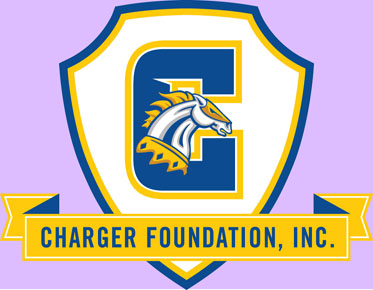From Concept to Canvas: Turning Ideas into Vector Art Design
In the dynamic realm of digital design, the ability to turn ideas into visually captivating vector art is a skill that empowers creative minds to express themselves in a precise and scalable format. Vector art, known for its versatility and crisp lines, is the language of contemporary design. In this blog, we will explore the fascinating journey of transforming ideas into vector art, unlocking a world of possibilities for designers, illustrators, and anyone eager to bring their creative visions to life.
Understanding Vector Art
Before delving into the process of turning ideas into vector art, it's essential to grasp the essence of vector graphics. Unlike raster images, which are composed of pixels and can lose quality when resized, vector graphics are based on mathematical equations. This allows them to maintain clarity and sharpness regardless of size, making them ideal for logos, illustrations, and designs that need to be scalable.
The Creative Process: Turning
Ideas into Concepts
Conceptualization:
● The journey begins with an idea, a spark of creativity that ignites the
imagination. Whether it's a logo, an illustration, or a piece of digital art,
the first step is to conceptualize the core idea and define the visual elements
that will bring it to life.
Sketching or Wireframing:
● Once the idea is clear, sketching or creating a wireframe provides a rough outline of the design. This phase is about capturing the basic shapes, composition, and overall structure before diving into detailed vector work.
Transitioning to Vector: The
Technical Steps
Choosing the Right Software:
● Vector art is crafted using specialized software such as Adobe
Illustrator, CorelDRAW, or Inkscape. Choosing the right tool depends on
personal preference and the specific features required for the project.
Creating Basic Shapes:
● Vector art is constructed using fundamental shapes like circles,
rectangles, and polygons. Designers start by creating these basic shapes as a
foundation for the more intricate details of the design.
Pen Tool Precision:
● The Pen Tool is the vector artist's best friend. It allows for precise
control over anchor points and curves, enabling the creation of intricate lines
and shapes. Mastering the Pen Tool is key to achieving detailed and polished
vector designs.
Color Palette Selection:
● Choosing a color palette is a critical step in the vector art process. Designers decide on the colors that will best convey the intended mood, message, or brand identity. Vector graphics allow for easy adjustment of colors at any stage of the design process.
Bringing Ideas to Life:
Illustration Techniques
Detailing and Shading:
● Adding details and shading brings depth and dimension to vector art. This can be achieved through techniques
like gradients, blends, and varying stroke weights. These nuances contribute to
the overall visual appeal of the design.
Typography Integration:
● For designs that involve text, integrating typography seamlessly into
the vector art is crucial. Designers pay attention to font selection, spacing,
and alignment to ensure a harmonious balance between text and visuals.
Experimenting with Effects:
● Vector software offers a range of effects such as gradients, shadows, and transparency. Designers experiment with these effects to enhance the overall aesthetics and create a more dynamic and visually engaging composition.
Iterative Process and Refinement
Feedback and Revisions:
● Turning ideas into vector art is often an iterative process. Designers
seek feedback from peers or clients, making revisions to refine the design
until it aligns perfectly with the original concept.
Scalability Checks:
● One of the advantages of vector art is its scalability. Designers conduct checks at various sizes to ensure that the design maintains its clarity and integrity, whether it's a small logo or a large banner.
Challenges and Solutions
Balancing Complexity:
● Finding the right balance between a detailed design and simplicity can
be challenging. Designers must ensure that the complexity of the vector art
aligns with its intended use and does not overwhelm the viewer.
Maintaining Consistency:
● Consistency in style, color, and proportions is crucial for a cohesive vector design. Designers employ guidelines and a keen eye for detail to maintain a uniform visual language throughout the artwork.
Conclusion: The Artistry of
Vector Creation
Turning ideas into vector art design is a captivating journey that
marries creativity with technical precision. From the initial spark of
inspiration to the meticulous crafting of vector shapes and details, each step
contributes to the realization of a visual masterpiece. Aspiring designers and
seasoned artists alike can harness the power of vector art to communicate ideas
effectively, create memorable logos, and produce illustrations that stand the
test of scalability. In the world of digital design, where pixels meet
precision, the artistry of turning ideas into vector creations opens doors to a
realm of limitless creativity.


